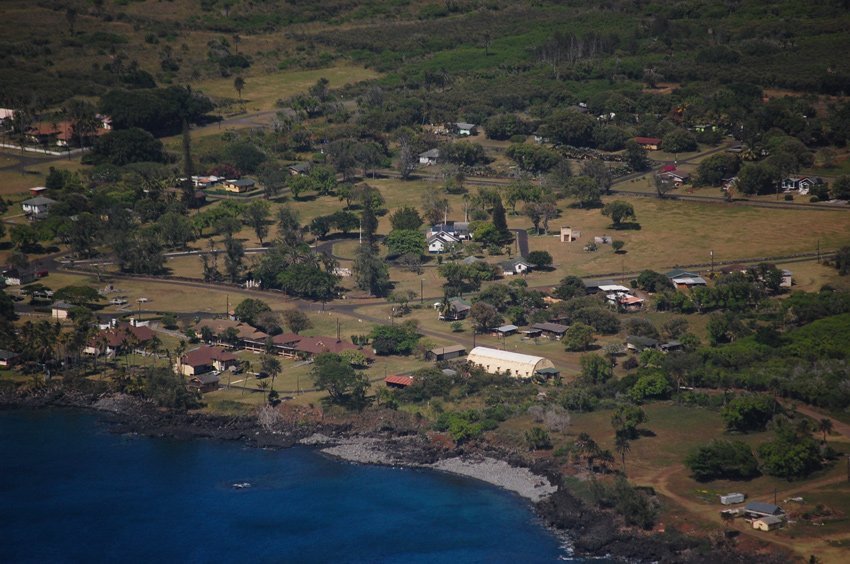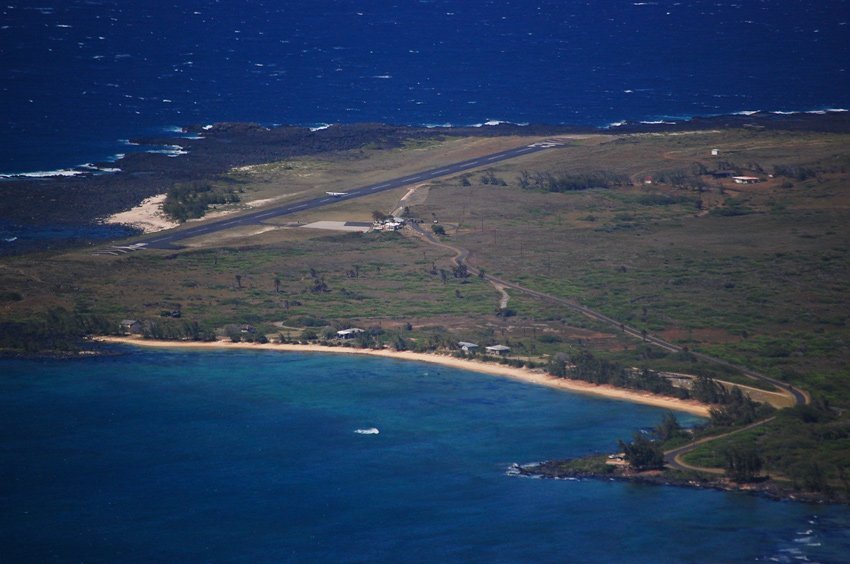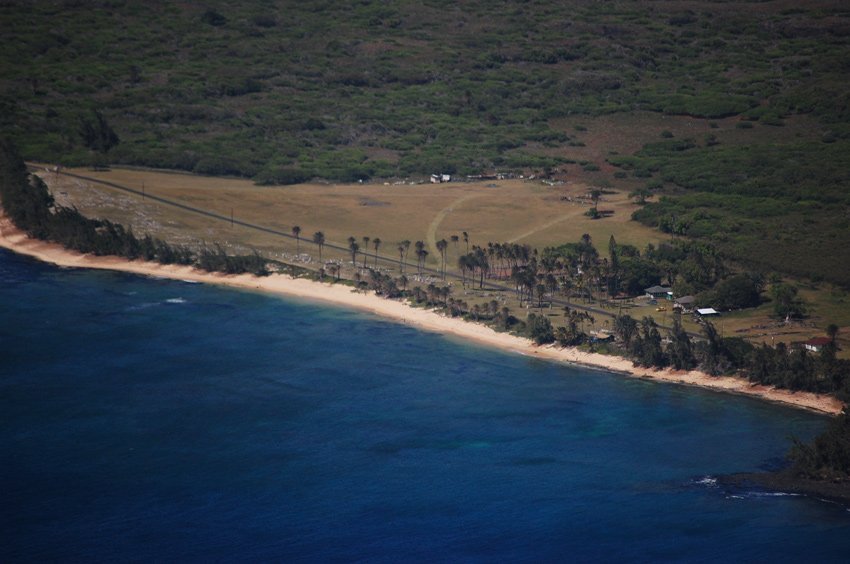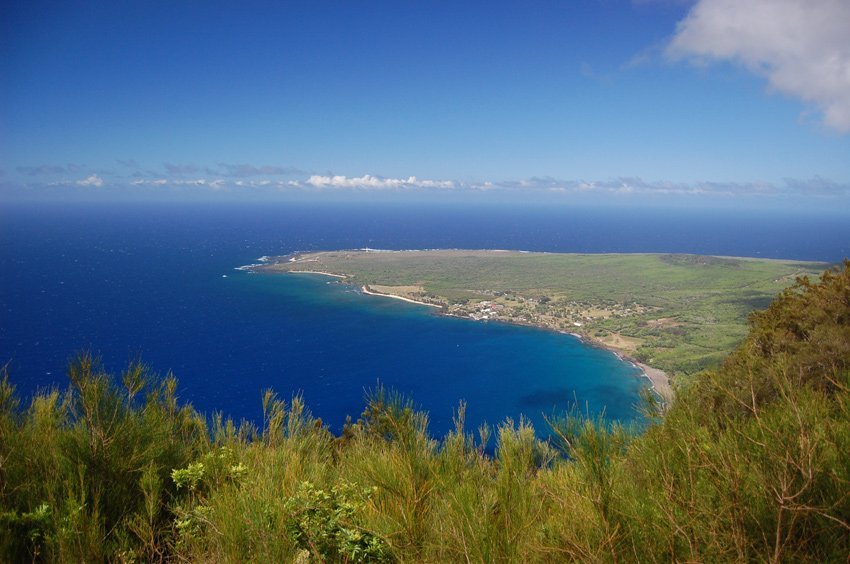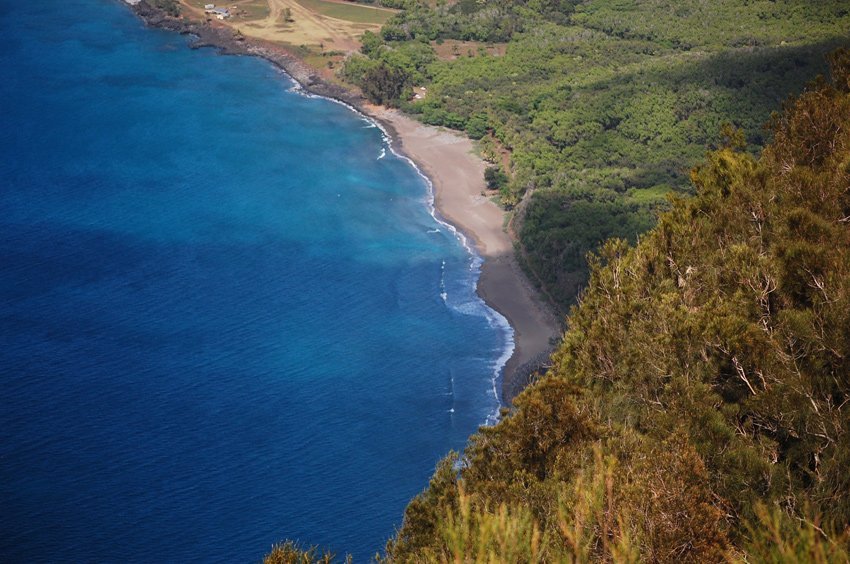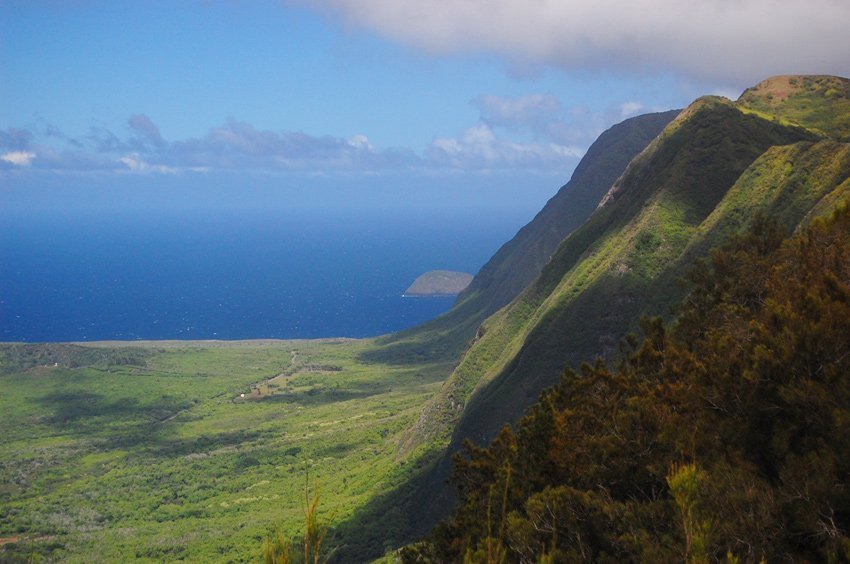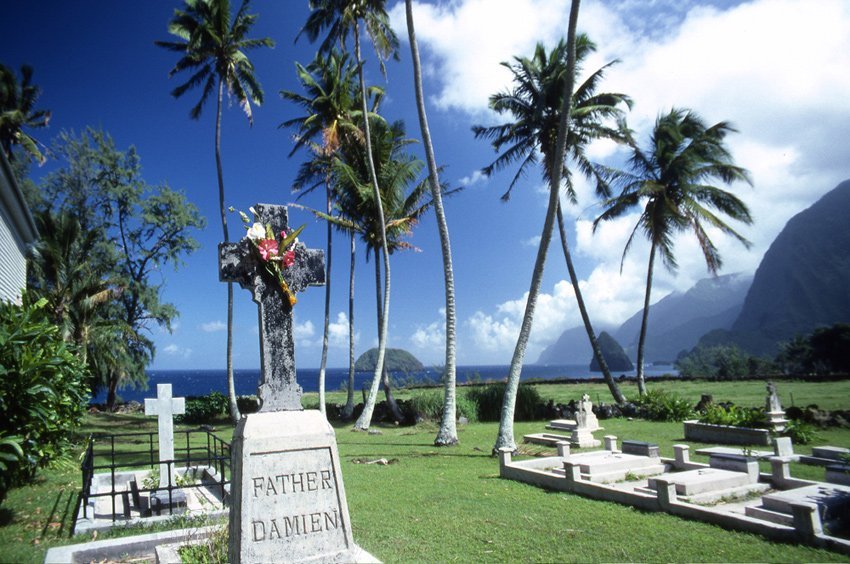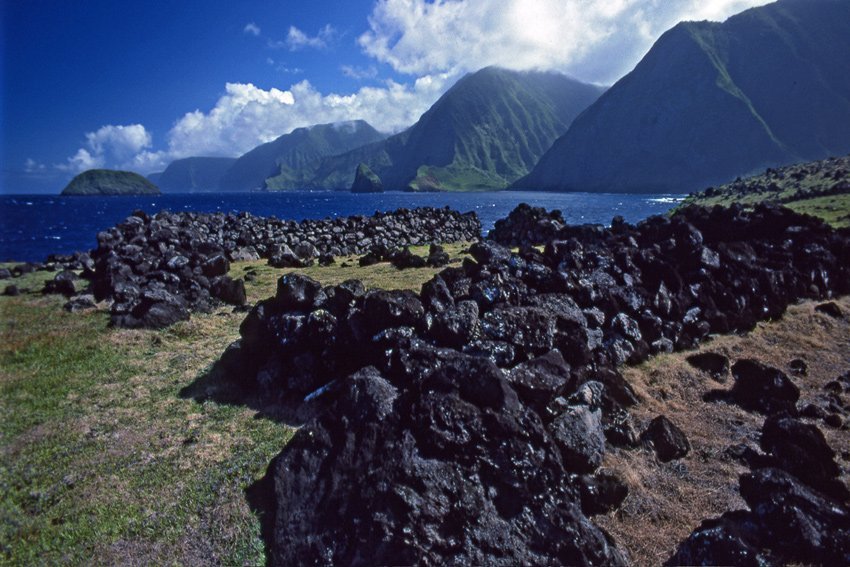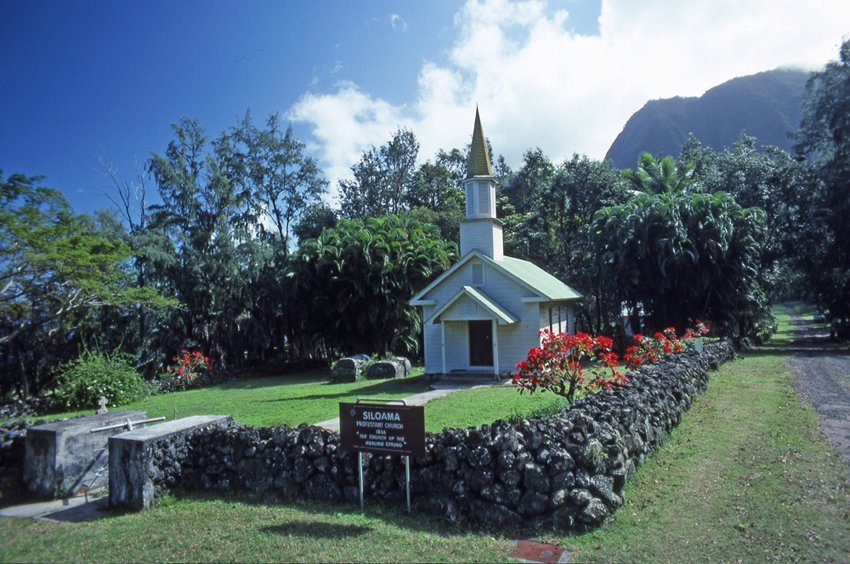Kalaupapa
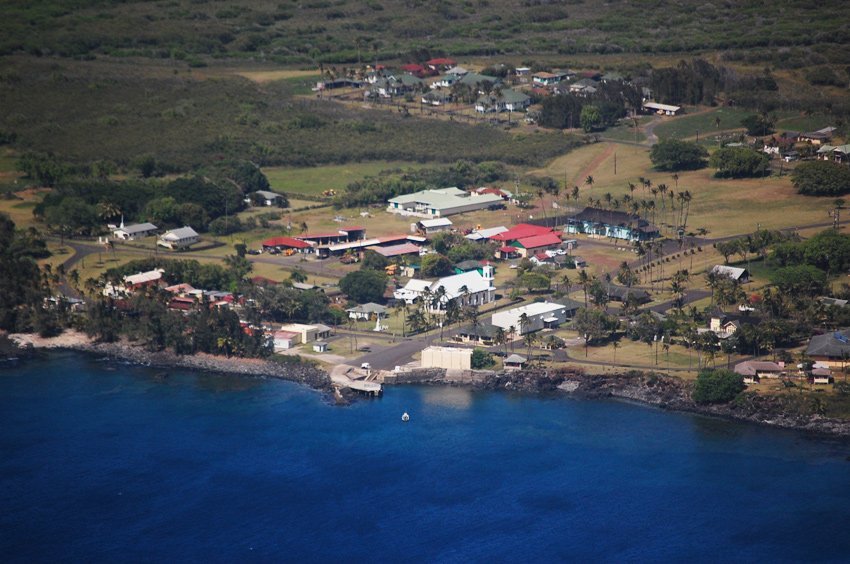
Kalaupapa, Molokai
The historic settlement of Kalaupapa is located on the isolated Kalaupapa Peninsula on Molokai's north shore, at the base of the world's highest sea cliffs, which reach about 3,315 feet (1,010 m) into the sky.
In the past, Kalaupapa was a leprosy (Hansen's disease) settlement, where people with leprosy were forced to live in exile. The small settlement was first established on the eastern side of the Kalaupapa Peninsula. Later, it was moved to its current location taking the place of a small Hawaiian fishing village.
Because of its isolated location, many Hansen's disease patients including children were forced into exile at Kalaupapa, where the only person who was ready to help them was Saint Damien, a Belgian Catholic missionary priest who arrived at Kalaupapa in 1873. He selflessly served these people until he later contracted the disease himself and passed away in 1889. Of about 8,000 patients buried at the Kalaupapa Peninsula, only about 1,300 have marked graves.
As of today, the peninsula is home to 18 surviving Hansen's disease patients. Although they are free to leave since 1969, they chose to stay since the peninsula is the only home they have ever known and they have made their life and friends there.
Kalaupapa is one of the most remote and inaccessible locations on Molokai. It is surrounded on three sides by high sea cliffs and fronted by the ocean. No road leads here. The only way to get to the village is with a small propeller airplane or on foot. You'll have to hike down a steep and winding path, which descends almost 2,000 feet (610 m) over 3 miles (4.8 km) and 26 switchbacks, so people who would like to visit the peninsula should be in good physical condition. Alternatively, you can take a mule tour and ride down on one of these sure-footed animals.
Children under 16 years of age are not allowed to visit the village. Also, people who wish to visit are required by state law to have a permit before visiting the park, so it is best to book a tour with a local tour guide.
The National Park Service and the Hawaii State Department of Health share joint management of the Kalaupapa National Historical Park.
Kalaupapa Overview
- Molokai's most isolated settlement
- Former leprosy patients were forced to live in exile here
- Backed by the world's highest sea cliffs
| |||||||||||||














